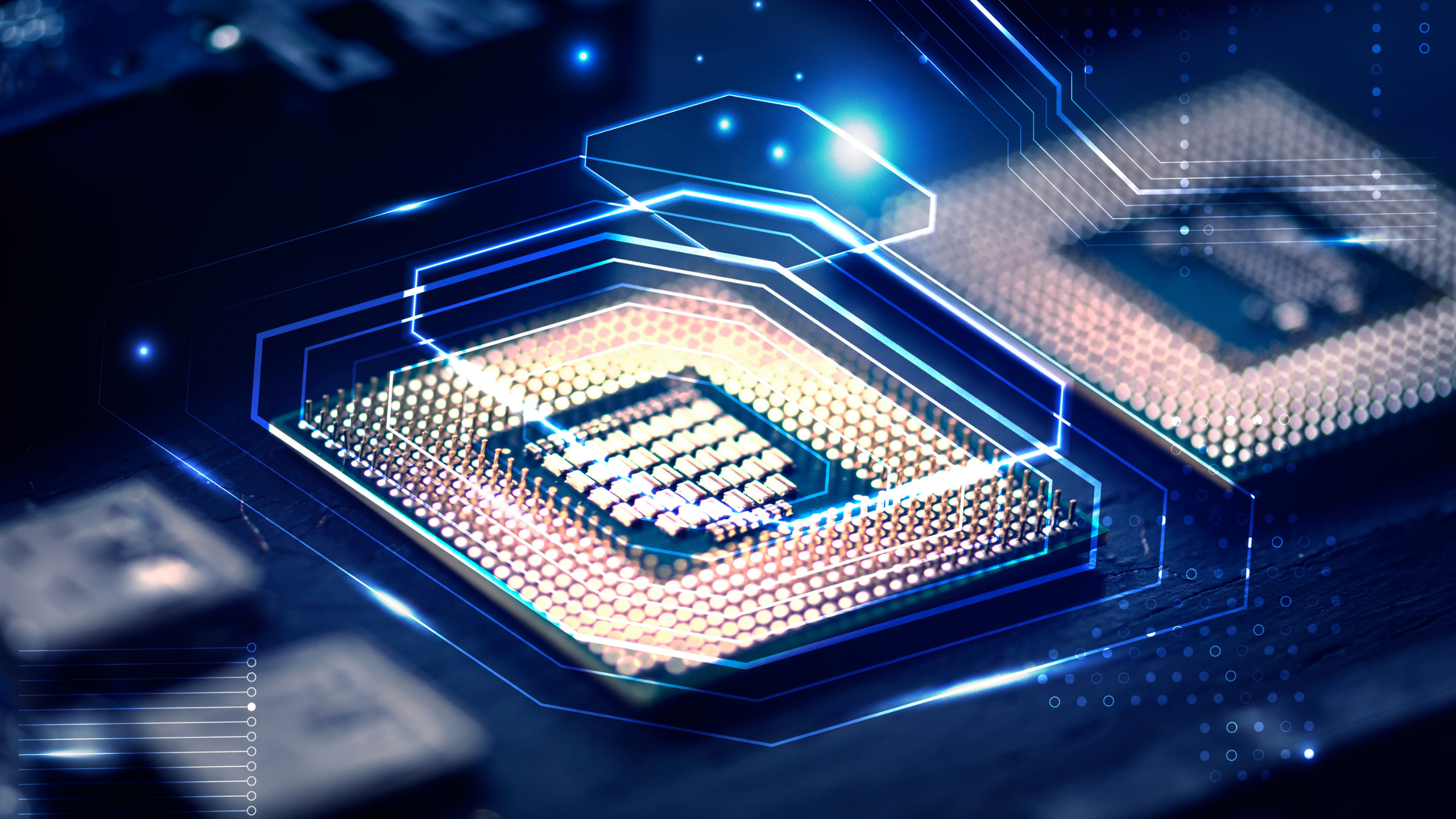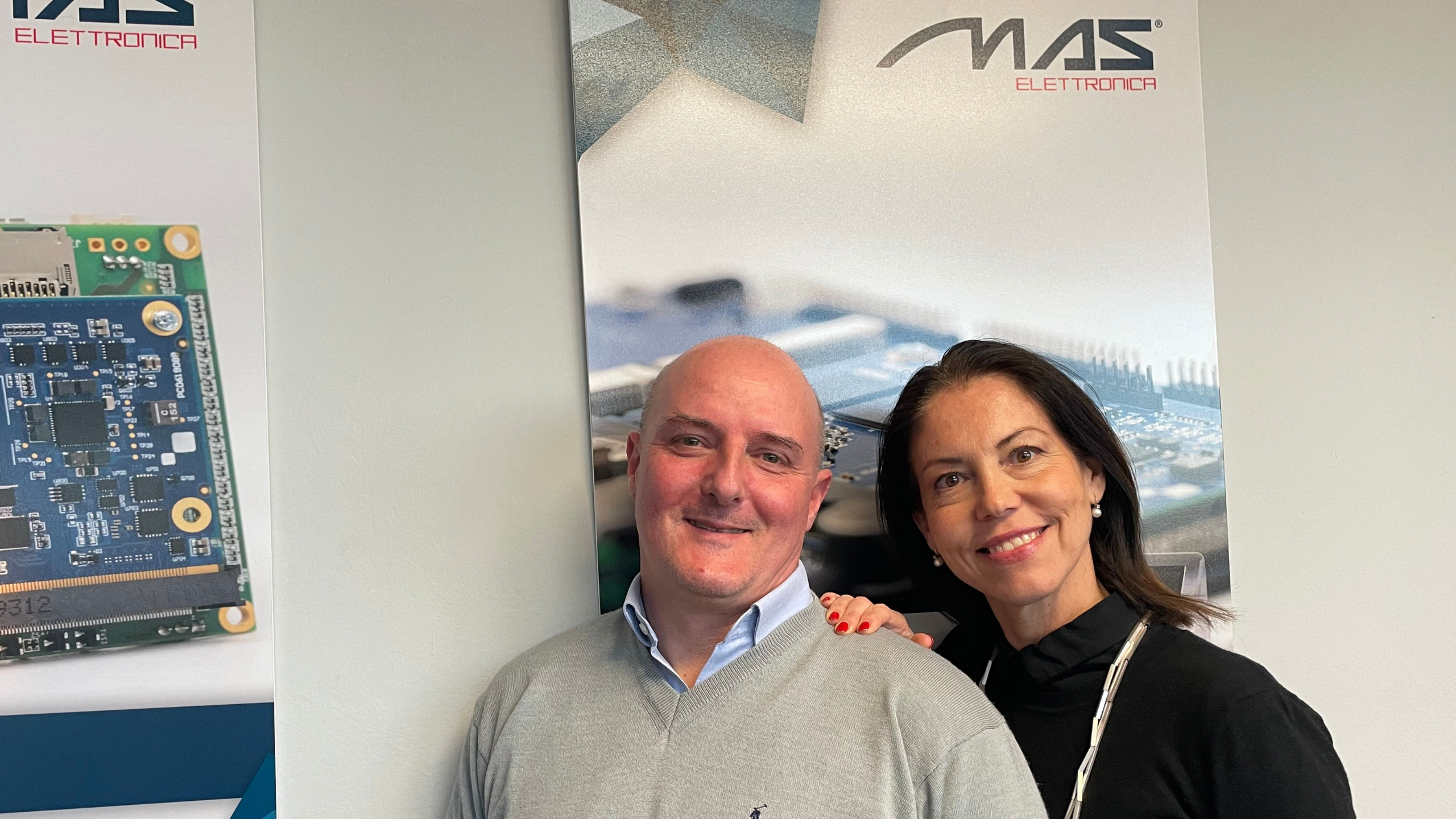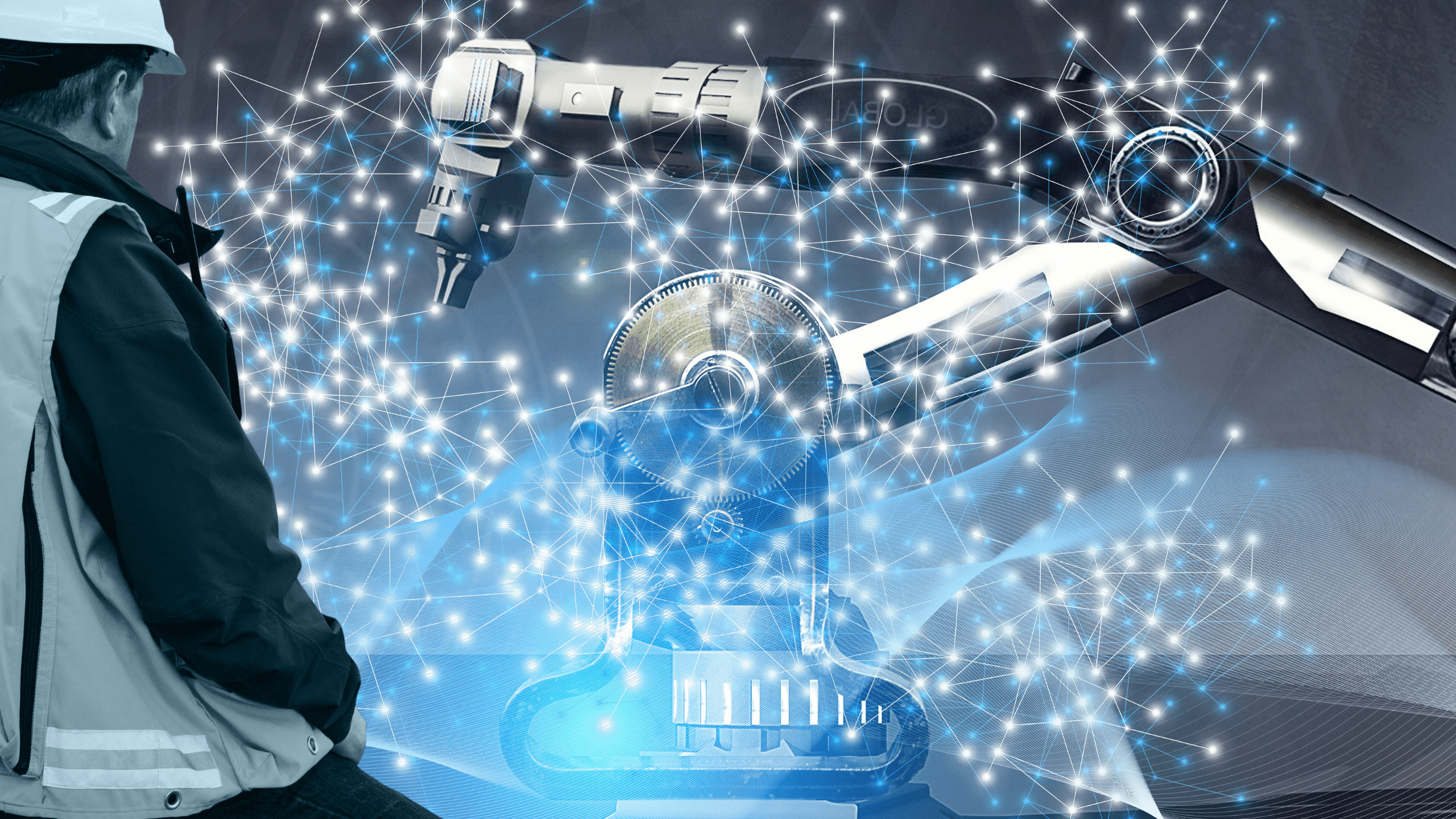Hardware Components: customize to solve the supply shortages
For the past two years, we are experiencing an ongoing crisis to supply hardware components. Due to the Covid-19 pandemic, and the subsequent lockdowns, due to the lack of raw materials, like silicon, and due to increased demand, many companies are facing difficulties in the supply chain of hardware components. According to a report by Uptime Institute, disruption in the global supply chain of electronic components is forecast to continue for the next two years and it will include chips and electronic components.
However, to design high-performance software, it is fundamental to use the best hardware to support and guarantee the optimal consumer experience. Companies need therefore to find the right solution in this particular historic time and a customized hardware design can be the one.
Custom hardware design for the optimal production
Thanks to custom hardware design it is possible to modify the components according to the best available processors on the market. Mas Elettronica offers solutions to meet the client’s needs and optimize performances, costs, and deadlines.
The custom hardware design requires different phases to reach the optimal solution:
- Define the system architecture. Thanks to our deep knowledge of manufacturing technologies and our partners’ experience, we study the best solution to meet our clients’ needs and satisfy all the requirements on performance, cost, and consumption.
- Design the electric schematics. During this phase, we use the best CAD on the market, we choose components according to the MTBF criteria, availability and cost, we follow the fundamental criteria of planning like Advanced power management and Signal Integrity by design.
- PCB Development. This phase is realized together with our partners and takes care of all the aspects of PCB development: mechanical analysis in 3D, thermal analysis of the system, analysis of the impedance and integrity and Design for Manufacturability (DFM) for mass production.
In our labs, we design customized hardware to concretely translate our clients’ projects and ideas and accelerate their products’ development.
Contact us to discover our solutions.
Pharma 4.0: AI and IoT systems change Life Science Industry
IoT systems (Internet of Things) and Artificial Intelligence (AI) have drastically changed and evolved the Pharma Industry in recent years. Connecting patients with healthcare professionals, collecting Real World Evidence (RWE) in real-time, and performing precise analyses to predict trends are some of the benefits of the adoption of advanced technologies. The global pandemic has necessitated an acceleration to this transition and allowed the introduction of tech innovations to improve the Life Science industry.
Healthcare is increasing its focus on patient-centric approaches to improve Clinical Trials and Standard Care. Studies have demonstrated that engaged patients are more compliant with therapy plans and can provide more accurate outcomes about their conditions and drug’s benefits and effects.
The combination of IoT systems and AI technologies creates the perfect ecosystem for Clinical Trials and Standard Care. Smart systems can improve different areas from the patient experience to R&D, from manufacturing to the supply chain.
Application of IoT systems across Pharma Value Chain
IoT can be applied to different areas of the Pharma value chain. In the Research and Development area, wearable devices can be used by study participants to report symptoms in real-time during treatment. In the Manufacturing and Supply Chain, IoT can improve logistics, predict product needs, perform predictive maintenance. For patients, wearable devices can monitor health conditions and can help control therapy adherence by sending push notifications or reminders.
Secure and accessible IoT systems
Data security is a fundamental element in the Pharma industry. Data, collected by IoT sensors, can be remotely accessed through secure platforms to monitor and manage processes and machinery. Privacy and security need to be protected by applying multi-layers measures like isolated networks, blockchain, encryption, firewall integration, and device registration. Using data diodes, that allow unidirectional data flow, is a method to ensure that IoT sensors cannot be affected by outside tampering.
Predictive analysis to improve productivity
Systems failures and machinery breakdowns can negatively impact productivity. But they can be prevented. Sensors located in key positions on machines can collect data that can be reported and analyzed directly by machines. Smart machinery can learn from the collected data and predict failures and prompt operators with the required intervention. By consequence machinery will work more efficiently, reducing time, cost, product wastage, and workforce.
To perform predictive maintenance, smart connected machinery needs to use sensors to monitor key functions and observe if there is a pattern in datasets that can reveal a potential issue for production. Thanks to this, operators can target this pattern earlier and decide how to intervene. Smart machines enable companies to make informed decisions and solve problems in lesser time.
However innovative manufacturing requires complete workforce cooperation to reduce resistance: all the teams need to keep the same pace of technological improvements to ensure a smooth transition from traditional processes to smart and digital manufacturing. Innovate Pharma industry with smart manufacturing can lead it to reach its full potential and improve many lives.
“Predictive analysis is a fundamental topic for manufacturing companies - confirms Sandro Mascetti, CEO at MAS Elettronica - Thanks to IMX8M PLUS and NVIDIA Jetson processors, predictive analysis can be a reality, facilitating its implementation and improving significantly the companies’ results”.
Contact us to discover our solutions for IoT and AI systems for the Pharma industry.
Our challenge for Tech Innovation during the Global Pandemic
It has been already two years since that famous 21st February 2020, the day Italy stopped. That virus with a strange name, Covid-19, wasn’t distant anymore. It was in our cities and towns. It was the beginning of something we are still living inside: the global pandemic. It seems ages, yet it feels time frozen.
Dealing with this new, complex, and constantly evolving global scenario is the biggest challenge. For us at MAS Elettronica, the focus on Tech Innovation has never faded out. Every day we studied, elaborated, and found innovative solutions to face new challenges.
During these two years, we have touched on the uncertainty of resources’ procurement. Lockdowns, closures, restrictions, and staff reduction have negatively influenced resources’ imports, especially from strategic areas in Asia. Raw materials cost has reached the highest level and at some point, components were rare and unavailable.
The effects of the global pandemic were not only physical but also social and human. The social distancing has separated us for long periods and we have almost forgotten smiles and handshakes. Then quarantines for close contact or for testing positive to Covid-19. Thanks to technology, although only virtually, the distances shorten; but the confrontation and feedback from colleagues are surely less effective and immediate.
The global pandemic taught us to act quickly, developing new strategies with a more flexible vision of reality and discovering new instruments and means. Working together with colleagues and other companies has been fundamental; we strengthened relationships with our players and clients to overcome together obstacles that could have affected projects and activities.
It happened that the reactions and actions were not the perfect ones, but they were effective and successful. We always fulfill our commitments with those who believe in MAS and in our professionality. Trust in us is the energy that has kept our engines running even during those moments when the World seemed stacked against the global pandemic.
2022 will be an imporant year for MAS Elettronica. We have new and challenging goals for our company and for ourselves to pursue our mission for Tech Innovation. All we have learned till today is priceless for MAS and it is the right incentive to face even better this transitional and historical period.
Contact us to discover our solutions and learn more about our company
Robot, Cobot and Computer Vision: the Industry 4.0 technologies
In the industry of the future humans and machines will collaborate together even more: computers, robots and other technological tools, like AI or computer vision systems, won’t be any more ‘the tools of the trade’ but active collaborators in the production. This industrial revolution is already happening nowadays thanks to the use of automated mobile robots and cobots with integrated computer vision.
There are numerous advantages for industries for using robots: production efficiency, process automation, precise movements, cost reduction, and resources optimization. New generation robots and cobots are also easy to program and can be fully integrated into the existing production processes.
Cobots, collaborative robots for industry 4.0
Collaborative robots, also known as cobots, are versatile instruments that can have a key role in the automation of production processes, even for small businesses. In order to be more efficient, cobots need to be integrated with other key elements, like computer vision systems. A high-quality computer vision system is crucial to use a cobot to carry out operational tasks and quality controls.
A cobot can move independently thanks to computer vision: the robot can detect a landmark that guides its movements, localize a product to perform a pick-and-place task, read a barcode or avoid an obstacle. A cobot can be used for assembling, packaging, storage or logistics.
Thanks to high-resolution cameras, a collaborative robot can identify patterns and perform quality controls to detect anomalies and promptly intervene on the production line. The cobot evolution will bring to a real collaboration between humans and machines: analyzing the captured images, the robot will understand what the worker needs for a specific task.
Cobots can perform tasks that can be potentially dangerous. For example, in a chemical firm, there are tasks where there is a real risk for intoxication or contamination. The global pandemic taught us that cobots can be used for sanitizing rooms.
Using Machine Learning Technologies, cobots can have a real collaborative role. They can collect data to monitor machines, perform predictive maintenance, prevent errors, and also make decisions based on objectives and verified data.
Mobile robots with Computer Vision
Thanks to the integrated computer vision systems and machine learning technologies, Automated Guided Vehicles, known as Agv, can perform different tasks, change their paths and avoid obstacles. They can carry heavy loads, avoiding worthless tasks for the operators. They can walk long distances, never stop, carry heavy goods without suffering fatigue.
Agv robots can move independently thanks to physical landmarks or guidelines that guide their movements through the path. The main risk is that markers need to be regularly replaced.
Lgv robots (Laser Guided Vehicles) are innovative mobile robots that can navigate thanks to a laser that scans the entire area and they don’t need landmarks. Versatile and flexible, Lgv robots use sensors and cameras to freely move around.
MAS Elettronica solutions for Computer Vision and robotics
MAS Elettronica designs and creates specific solutions for AI and Computer Vision, fundamental elements for mobile and collaborative robotics. In our catalog, we can highlight:
- SBC NVIDIA Lightfront developed for per JCube Inc;
- SBC FRIDA IMX8M plus.
If you need more information about MAS Elettronica solutions,






